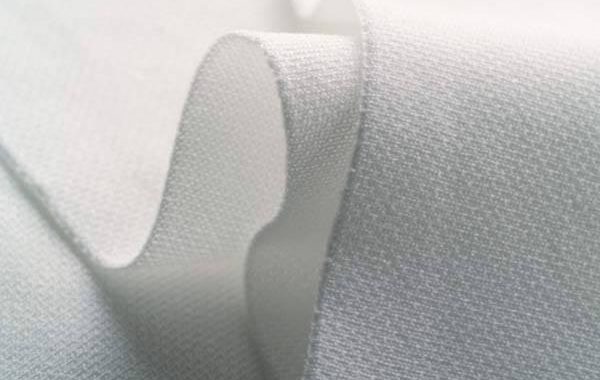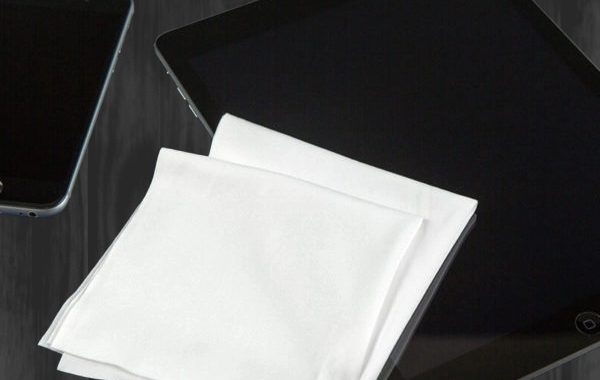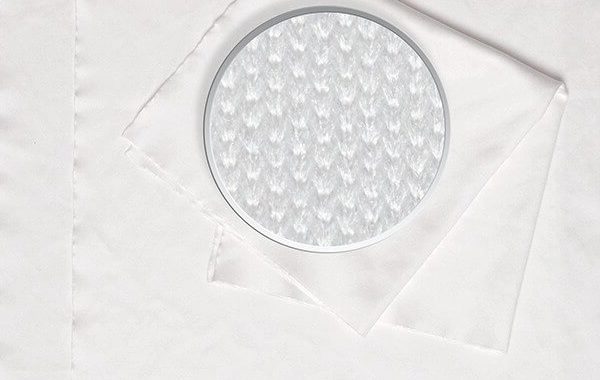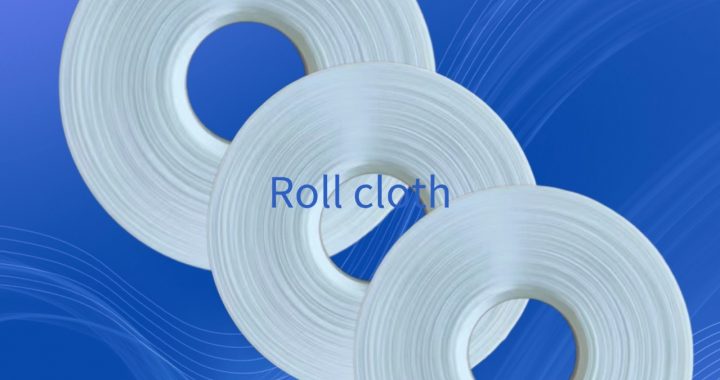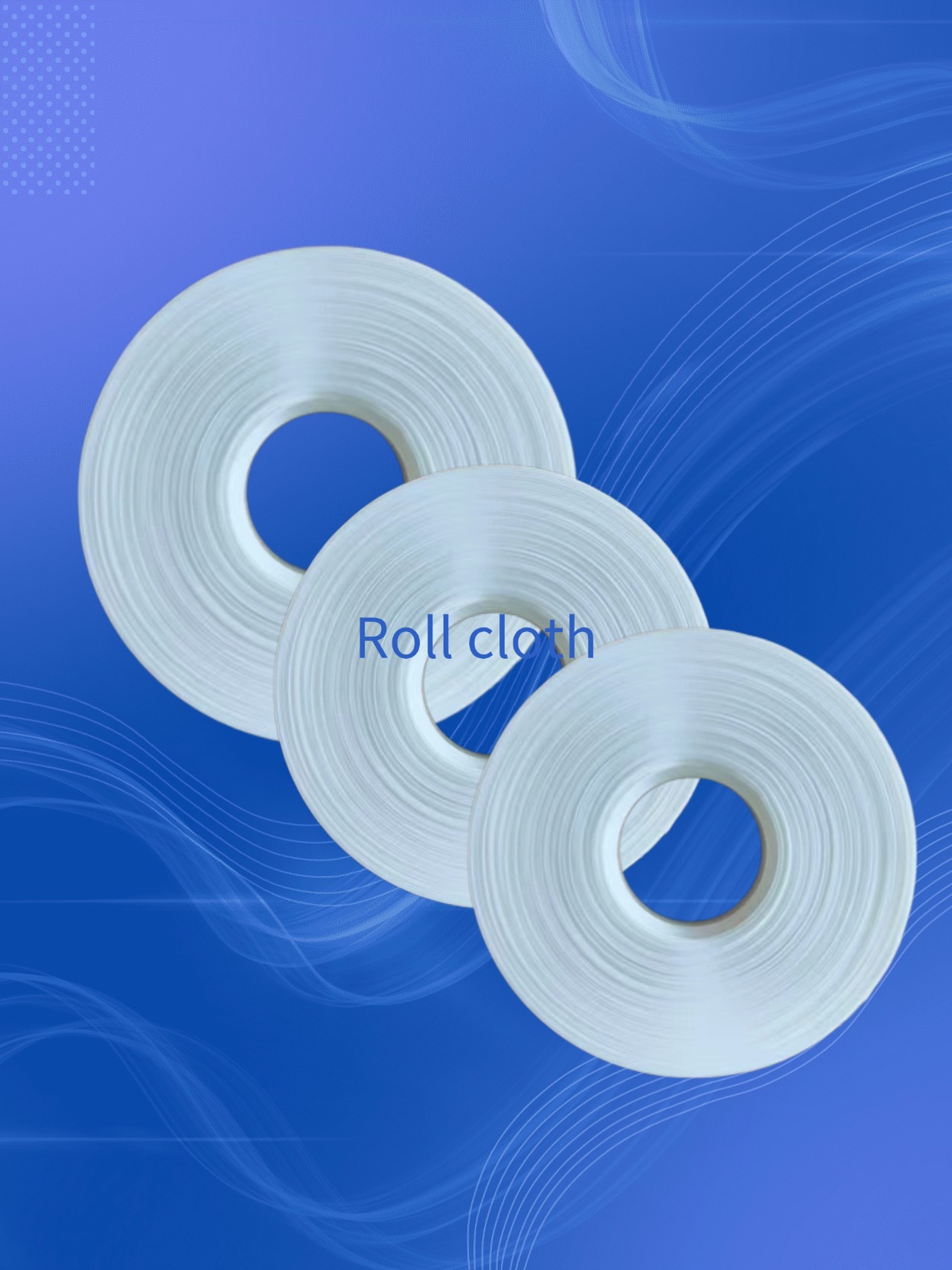In cleanrooms, laboratories, and high-precision manufacturing environments, pre-wetted cleanroom wipes have become indispensable tools for contamination control. By combining cleaning fluids such as IPA (Isopropyl Alcohol) and purified water with high-purity wipe materials, these wipes significantly enhance cleaning efficiency while reducing the risk of secondary contamination. This article explores the technical features, application scenarios, and industry trends of pre-wetted cleanroom wipes.
1. Key Advantages of Pre-Wetted Cleanroom Wipes
1. Optimized IPA Concentration Design
Pre-wetted wipes come with scientifically formulated IPA-to-water ratios to meet various cleaning needs:
-
70% IPA: The most common formulation, ideal for removing fingerprints, oils, and organic residues. Frequently used for cleaning electronics and optical instruments. For example, UST’s pre-wetted wipes use a 70% IPA + 30% purified water formula.
-
95% IPA: Used for high-level disinfection, especially in medical device and laboratory equipment sterilization.
-
30% IPA or lower: Designed for delicate surfaces to prevent damage from excessive evaporation, such as plastic or coated materials.
By adjusting the IPA concentration, a balance can be achieved between cleaning efficacy and material compatibility.
2. Ready-to-Use Convenience
Pre-wetted wipes eliminate the need to mix or apply cleaning fluids manually. Sealed packaging—whether in canisters or pouches—extends shelf life and minimizes VOC (volatile organic compound) emissions, enhancing user safety.
3. High Cleanliness and Anti-Static Properties
Made from polyester or microfiber materials, these wipes are processed through rigorous filtration and anti-static treatment, ensuring they do not release fibers or particles during use. This makes them ideal for applications in semiconductor, display panel, and optical manufacturing industries.
4. Cost and Efficiency Optimization
Compared to dry wipes, pre-wetted wipes reduce complexity in fluid storage and handling. Their high efficiency also cuts down on the number of wipes used, lowering labor and operational costs.
2. Common Application Scenarios
1. Semiconductor & Electronics Manufacturing
-
Wafer surface cleaning: 70% IPA wipes effectively remove particles and organic residues to improve yield rates.
-
Equipment maintenance: Ideal for wiping wafer handlers, mask aligners, and other precision parts while preventing static buildup.
2. Medical & Biopharmaceutical Environments
-
Disinfection of medical devices: 95% IPA wipes provide rapid sterilization of surgical instruments and diagnostic equipment.
-
GMP cleanroom cleaning: Conforms to pharmaceutical Good Manufacturing Practices (GMP), ensuring sterile environments.
3. Optics & Precision Instruments
4. Industrial Automation & Aerospace
-
Robot and sensor cleaning: Removes residues on sensors and robotic arms to maintain operational accuracy.
-
Aerospace component cleaning: Meets extreme cleanliness standards to reduce particle contamination risk.
3. Packaging & Storage Considerations
The packaging of pre-wetted wipes is crucial to maintaining their quality and usability:
-
Material choice: Packaging must be dust-free and anti-static (e.g., polyethylene film) to avoid introducing particles or chemical contaminants. Cardboard or standard plastic films are often banned in cleanrooms.
-
Sealability: Canisters or individually sealed pouches prevent IPA evaporation and maintain moisture content.
-
Compliance: Products must meet ISO 14644-1 cleanroom standards and internal regulations (e.g., GMP, FDA).
4. Industry Trends & Future Outlook
1. Rise of Eco-Friendly Products
With stricter environmental regulations, low-toxicity and low-VOC pre-wetted wipes are gaining popularity. For example, hypochlorous acid-based wipes are being widely adopted in healthcare for their high bactericidal efficacy and no-residue properties.
2. Smart & Customized Development
-
Smart packaging: Some packages now include humidity indicators for real-time monitoring.
-
Application-specific formulas: Industry-specific wipes (e.g., for EV battery manufacturing) are being developed with enhanced corrosion resistance.
3. Market Expansion
According to the 2025 China Cleanroom Wipe Industry Analysis Report, the global market for pre-wetted wipes is expected to grow at a CAGR of over 8% between 2024 and 2030. As a major player in electronics manufacturing, China’s demand and market potential are especially strong.
5. Conclusion
With high cleaning performance, ease of use, and ultra-low particle emission, pre-wetted cleanroom wipes have become a standard tool across clean environments. From semiconductor fabs to sterile hospital rooms, their versatility supports a wide range of high-tech industries. As green and intelligent technologies evolve, pre-wetted wipes will continue advancing toward eco-friendliness and smart customization. Manufacturers like UST offer free samples for enterprise and distributor clients—enabling organizations to select the most suitable products to meet their specific needs, ensuring both cleaning effectiveness and cost efficiency.

